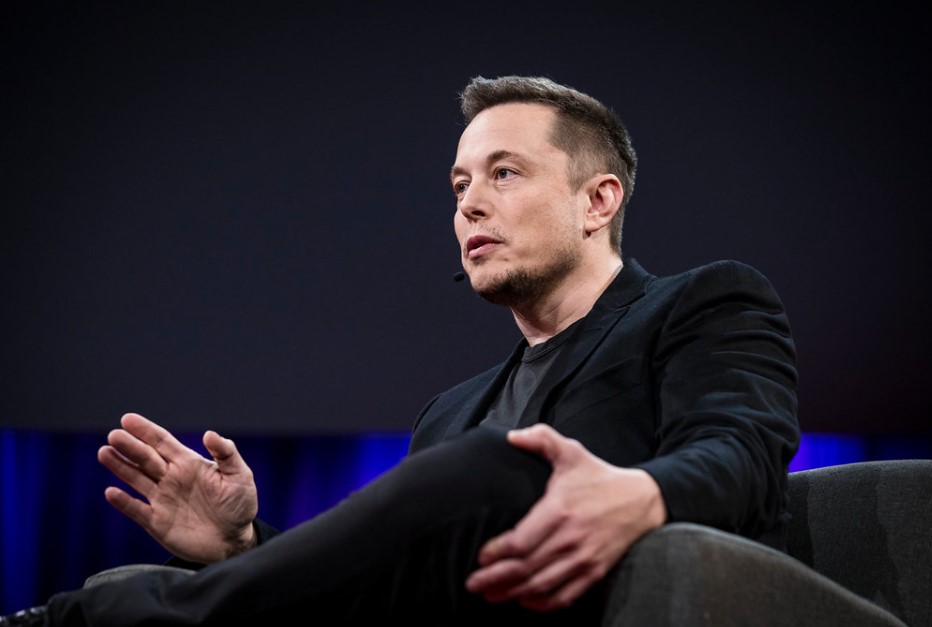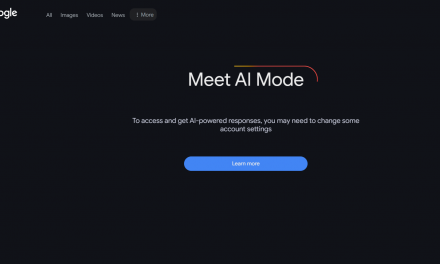A leaked proposal from Elon Musk’s nascent “Doge Department of Government Efficiency” suggests the tech billionaire is exploring a blockchain-powered overhaul of federal systems—a move that could ripple across crypto markets and redefine public-sector tech infrastructure. Sources close to Musk’s team, speaking anonymously to Bloomberg, reveal active discussions about deploying blockchain to track trillions in federal spending, secure sensitive data, and automate payments. This development, emerging alongside former President Trump’s pro-crypto campaign pledges, positions Musk at the epicenter of a potential convergence between decentralized technology and centralized governance.
Musk’s Crypto Gambits and Government Tech
Elon Musk’s relationship with cryptocurrency has been both performative and paradigm-shifting. From Tesla’s brief Bitcoin acceptance in 2021 to his relentless Dogecoin memeing, Musk has repeatedly demonstrated an ability to move markets through 280-character provocations. His 2022 flirtation with integrating blockchain into Twitter (now X)—abandoned due to scalability concerns—laid groundwork for this more ambitious vision.
The Trump administration’s resurrection of the “Doge Department” concept, initially floated as a satirical counter to bureaucratic bloat, gains seriousness with Musk’s involvement. Howard Lutnick’s transition team role (pre-Commerce Secretary appointment) signals establishment backing, while Musk’s blockchain pivot mirrors Estonia’s X-Road system and Georgia’s land registry experiments—but at unprecedented scale.
Blockchain’s Federal Use Cases
The proposal’s architecture remains undefined, but experts identify three viable pathways:
- Adapting Existing Chains:
- Bitcoin: Immutable audit trails for spending, but limited smart contract functionality.
- Ethereum: Programmable payments via ERC-20 tokens, though gas fees and speed pose challenges.
- Dogecoin: Musk’s favored meme coin, now with 74% institutional ownership—could its Merge-like evolution add utility?
- Hybrid Consortium Chain:
A permissioned blockchain blending private validators (Federal Reserve, Treasury) with public transparency layers. IBM’s Food Trust network offers a corporate precedent. - Zero-Knowledge Systems:
zk-SNARKs could enable spending verification without exposing classified details—a breakthrough for national security applications.
“The real innovation isn’t the ledger itself, but how you handle oracle inputs,” explains Dr. Sheila Warren, CEO of Crypto Council for Innovation. “If IRS data feeds into smart contracts, that’s a bigger disruption than Bitcoin’s creation.”
Dogecoin’s Institutionalization
Since Musk’s May 2024 meeting with BlackRock’s Larry Fink, Dogecoin futures open interest surged 320%—a bet on DOGE becoming the reserve currency of government blockchain ops. “This isn’t 2021 retail mania,” says Galaxy Digital’s Mike Novogratz. “Pension funds see Musk’s involvement as de facto Fed backing.”
Yet risks abound. A bespoke federal chain could drain value from public networks, while hasty adoption might repeat Healthcare.gov’s debacle. “They’ll need validators beyond AWS,” warns former Coinbase CTO Balaji Srinivasan. “Otherwise it’s just a slow database.”
Can Decentralization Coexist With Government Control?
The initiative collides with three regulatory fault lines:
- The SEC’s Howey Test Dilemma:
Would a federal blockchain’s tokens be classified as securities? SEC Chair Gary Gensler’s silence speaks volumes. - Anti-Money Laundering (AML) Compliance:
Private chains might bypass FinCEN’s travel rule, creating enforcement loopholes. - Data Sovereignty:
Storing defense contracts on a global node network could violate the CLOUD Act.
“This isn’t about technology—it’s about power,” says ex-CFTC commissioner Brian Quintenz. “Either Musk’s system becomes the new SWIFT, or it gets crushed under compliance costs.”
Transparency vs. Security
Proponents hail blockchain’s potential to eliminate $247B in annual government waste (GAO estimate). Critics fear mission creep: “Once you have real-time spending tracking, what stops mass surveillance?” asks ACLU’s Jennifer Granick. Energy consumption also looms—a federal PoW chain could outpace Iceland’s electricity usage.
2025 and Beyond
- Bull Case: Dogecoin becomes Treasury’s bridge asset, triggering a $10T DeFi boom as private sector apps plug into government rails.
- Bear Case: The project becomes a $50B boondoggle, sparking a crypto backlash that dooms ETF approvals.
- Mid Scenario: Limited pilots for disaster relief payments, creating a proof-of-concept for broader adoption.
The Double-Edged Disruption
As Musk’s team reportedly explores sharding solutions to process 1M federal transactions/sec, the stakes transcend crypto markets. This leak reveals a fundamental tension: Can blockchain’s decentralized ethos survive contact with bureaucratic reality? Whether it ignites Dogecoin’s moonshot or becomes a cautionary tale, one truth emerges—the rules of government tech are being rewritten, and Musk plans to code the first draft.





